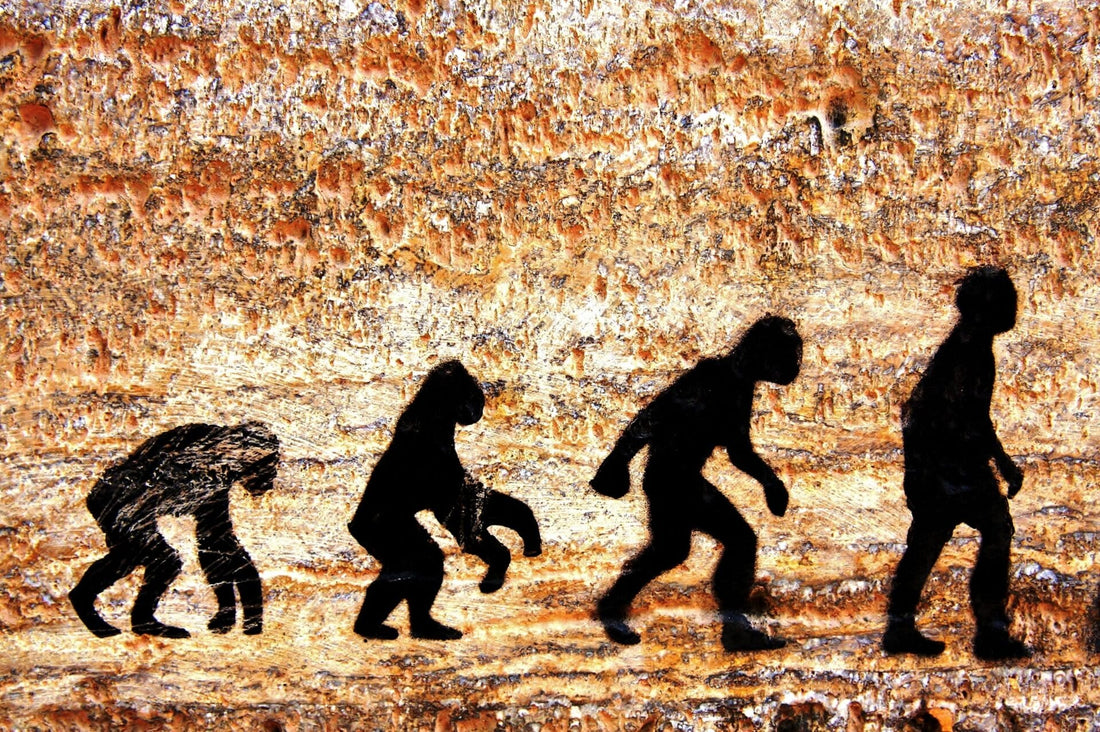If you are reading this and you’re a farmer, you will understand what I say at a level that others might not.
Summer is coming and it’s the time when gyms and magazines are trying to get me to think about my “beach bod” (or lack thereof), in order to persuade me to spend money and time on something other than Netflix and a bowl of chips.
But while they’re selling abs, human biology tells a different spring story…
For our hominid ancestors, autumn meant storing fat; winter meant using it to survive. By spring, our ancestors were lean, if not underweight. In a similar vein, farmers know they need their livestock to be in good condition going into winter. Their animals will lose fat during winter when food becomes scarce and they use up energy in the colder weather.
Modern life drives us in the opposite direction.
It’s cold. It’s dark. We hunker by the fire. And because food is never scarce, the kilos sneak on, hence the “beach bod” advertisements.
As we age, it can be harder to shift the winter kilos.
The impact of this is significant as it can lead to metabolic disorders, such as type 2 diabetes, non-alcoholic fatty liver disease, certain types of cancer, cardiovascular disease and dementia.
In the wild, environmental stresses forced humans to evolve metabolic flexibility to cope with long periods of exercise (foraging and hunting), unpredictable food supplies and a wide range of food sources.
Human metabolic systems have multiple pathways to ensure they have a consistent energy source. Here’s how the body finds fuel when it’s able to function the way it is evolved to:
- Glycolysis – burns sugar (quick, easy, energy).
- Lipolysis – burns fat (preserves glucose for the brain).
- Gluconeogenesis – makes new glucose from protein, lactate and glycerol (keeps blood sugar stable when carbs are gone.
- Proteolysis – breaks down muscle for amino acids (creates material for gluconeogenesis).
-
Ketogenesis – produces ketones from fats (spares muscle and provides food for the brain).
When humans are in a constant state of food surplus (obesity), the body starts to lose its ability to switch between metabolic pathways as it becomes locked into sugar dependence.
Excess glucose requires greater insulin levels to bring down blood sugar levels. This can lead to insulin resistance, which drives metabolic inflexibility and in turn, leads to chronic disease (read more here).
What’s the real lesson here?
Our ancestors survived by switching fuels between fat, ketones, protein and glucose, depending on their needs. A modern lifestyle can lead to a loss of flexibility and we become metabolically “stuck,” relying on sugar for energy.
The ability to move easily between fuel sources, to fast without crashing and to eat without spiking inflammation is the hallmark of a resilient, healthy body.
Spring was once the season when humans rebuilt - lean, hungry and ready to grow strong again. The gyms may need to rethink their message, or we may need to adopt a farmer's mindset about our health!

